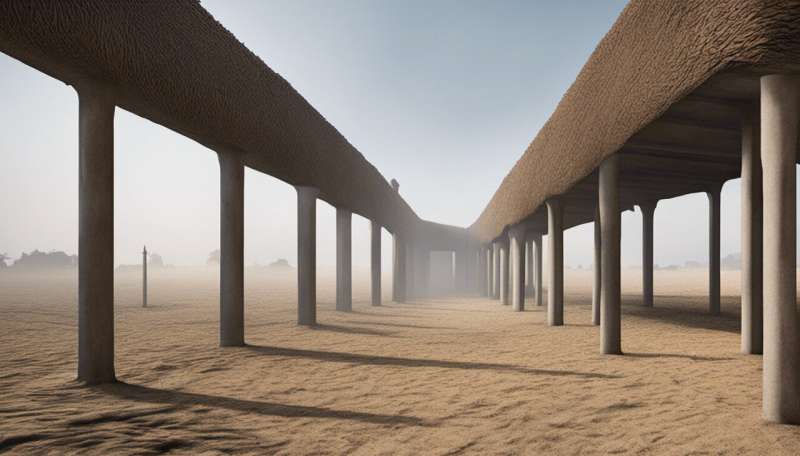Measuring air quality in West Africa promises better weather and climate models

First results from the EU-funded DACCIWA project have revealed that air quality in the West Africa region has been seriously affected by the burning of charcoal, rubbish and agricultural waste.
The project, which is investigating the influence of anthropogenic and natural emissions on the atmospheric composition over Western Africa and their influence on human and ecosystem health, examined the air over West Africa with the help of both research aircraft and ground stations.
'The air over the coastal region of West Africa is a unique mixture of various trace gasses, liquids and particles,' explains Professor Peter Knippertz of the Karlsruhe Institute of Technology (KIT), which is coordinating the project. 'At the same time, multi-layered cloud covers frequently form in the atmosphere and strongly influences local weather and climate.' The sources of these particles and gases are monsoon winds with sea salt from the south, Sahara winds with dust from the north, charcoal fires and burning rubbish from the cities of the region, as well as power plants, ship traffic, oil rigs and outdated engines.
West Africa is a rapidly urbanising region, recording some of the fastest growing population figures on Earth. Coupled with this explosive urban growth, unregulated deforestation in many countries within the region was found to be having a highly detrimental impact on both the weather and general air quality.
Coordinating the campaign
The project team recently coordinated a measurement campaign to study the entire chain of impacts of natural and anthropogenic emissions on the West African atmosphere. In June and July 2016, three research aircraft, the Falcon of the German Aerospace Center (DLR), the Twin Otter propeller plane 'Ice Cold Katy' of the British Antarctic Survey, and the ATR of the Service des Avions Français Instrumentés pour la Recherche en Environnement (SAFIRE), flew targeted missions over West Africa. The different aircraft were used in different ways based on their strengths, but all three had a comparable instrumentation generating a rich set of reference data.
Air pollution does not stay where it is produced, but extends inland by up to 300 kilometres. For this reason, the aircraft followed the plumes of the big coastal cities of Accra, Abidjan, Lomé, and Cotonou on their way from the coast towards the inland forests, savannahs, and the Sahara. For the campaign, the scientists also set up three highly instrumented measuring sites inland. They measured urban emissions and evaluated health data. KIT climate researchers were mainly active in Savé, Benin, where they used the 'KITcube' measurement platform.
The observation system integrates instruments for all relevant meteorological parameters and can measure a 'cube' with an edge length of about ten kilometres as a part of the atmosphere. In parallel, a large weather balloon campaign was coordinated in four West African countries. Optimal planning of the measurement flights and balloon launches was based on special forecasts with the COSMO-ART model developed by KIT.
'Surprisingly, first results show that the plumes contain large fractions of organic materials,' commented Knippertz. This finding points towards the burning of charcoal, rubbish, and agricultural waste at low temperature. The particles from these fires lead to a considerable haziness in the atmosphere. Less sunshine reaches the ground, thereby changing the daily patterns of temperature, wind, and clouds. Moreover, the air particles modify the formation of clouds and raindrops in the clouds.
The five-year project, which is due to end in November 2018, will continue to study the impacts of atmospheric composition on cloud formation and air quality in West Africa, evaluate the data measured, and develop a new generation of climate and weather models. Work is also aimed at making more precise prognoses for West Africa. The project team also want to ensure that project results could be transferable for use in other regions of the world.
More information: Project website: www.dacciwa.eu/
Provided by CORDIS





















